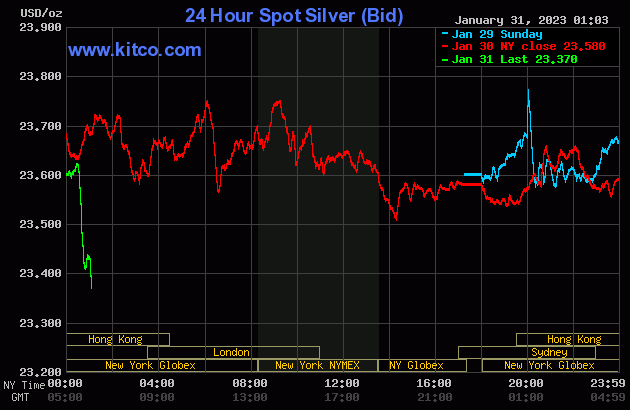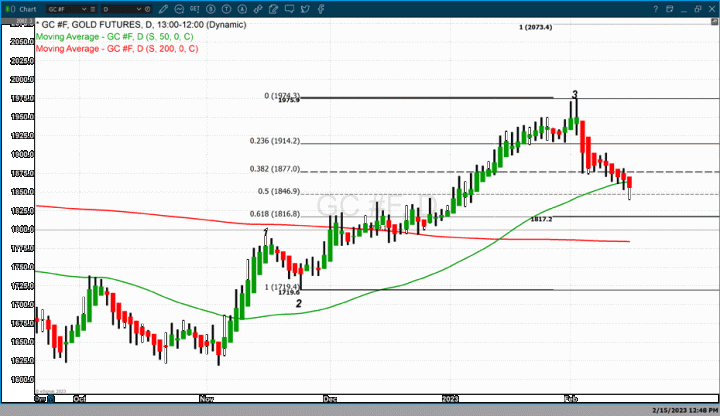
Hawkish Fed forward guidance pressure gold lower
Gold continues to trade under pressure moving to lower prices after yesterday’s CPI report for January indicated that inflation declined to 6.4% year-over-year. January’s CPI report came in lower by 6.4% year-over-year, than the prior month of December. However, analysts were expecting a larger decline with expectations that yesterday’s report would come in between 6.2% and 6.3%. When combined with last week’s unexpected jobs report the collective information will allow the Federal Reserve to maintain its aggressive stance which means more interest rate hikes, and that rates will remain elevated longer.
Chairman Powell has been resolute in his commitment to keeping higher rates elevated throughout the entire calendar year. Market participants are beginning to accept the high probability that the Fed will take rates to between 5.1% and 5.2% and keep them elevated with no rate cuts in 2023.
Bullish factors are outweighed by immediate concerns about inflation and rate hikes
While gold has traded under pressure there are bullish undertones that at some point could come into play. The dollar has been gaining strength when compared to other currencies, but for Americans, the dollar's purchasing power continues to be diminished, a byproduct of higher levels of inflation. The national debt continues to grow and the United States has reached its debt limit which means that the government will have to raise the debt ceiling which means that the United States will grow its national debt to a higher level.
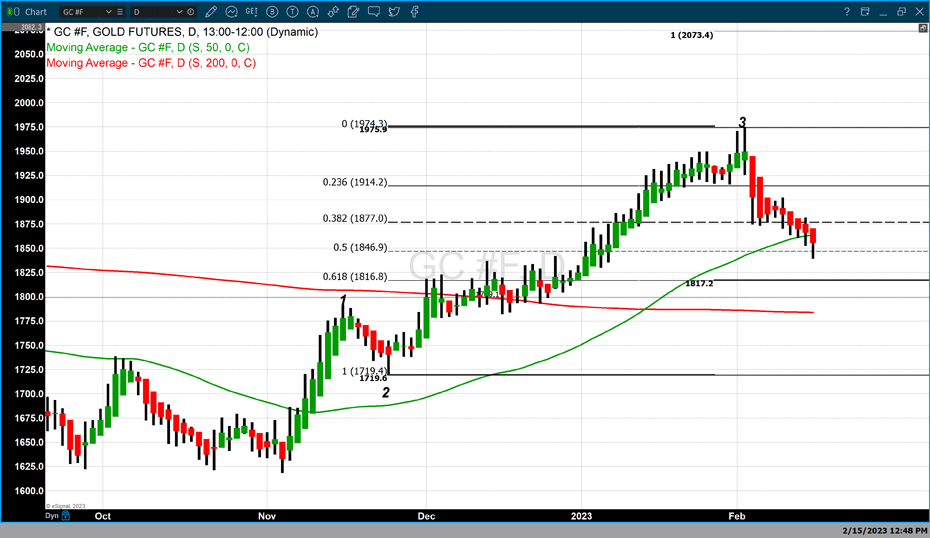
Gold futures basis the most active April 2023 contract is currently down $18.80 or 1.01% and fixed at $1846.60. Dollar strength was responsible for a little over half of today’s decline with the dollar gaining 63 points (+0.61%) and the dollar index is currently fixed at 103.76.
Another factor pressuring gold lower is that recent data has suggested that the Federal Reserve could modify its current rate target of 5.1% to closer to 6% to accelerate the process of reducing inflation.
Gold intrinsically benefits from higher levels of inflation and higher interest rates are detrimental. This is because gold does not generate a yield which makes US treasuries and other interest-bearing assets more favorable.
Although this is a headline-driven market and current headlines have had a hard impact that took gold prices lower technical indicators will come into play at the point in which investors believe that gold is becoming oversold and more valuable than current pricing.
Our technical studies indicate that it is highly probable that gold will trade to $1815 before finding technical support. This is based upon a Fibonacci retracement of 61.8%. The data set used for this retracement begins at $1719 and concludes at $1980.
By Gary Wagner
Contributing to kitco.com
Tim Moseley

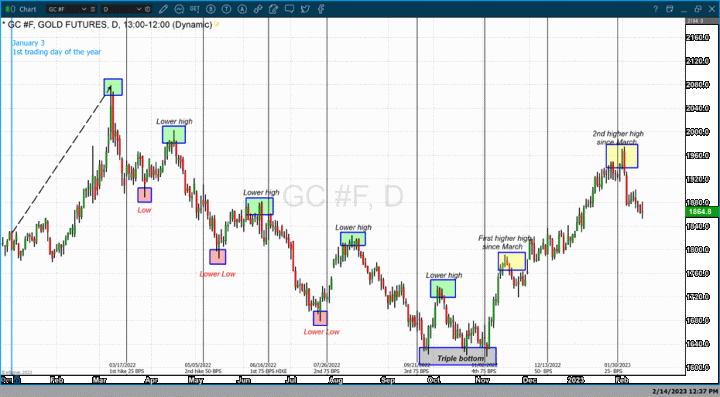
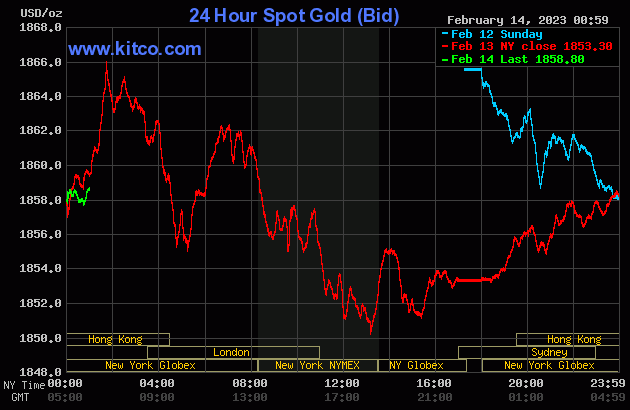
 Gold price is going to $2,200 as central banks break the global economy – Degussa's Thorsten Polleit
Gold price is going to $2,200 as central banks break the global economy – Degussa's Thorsten Polleit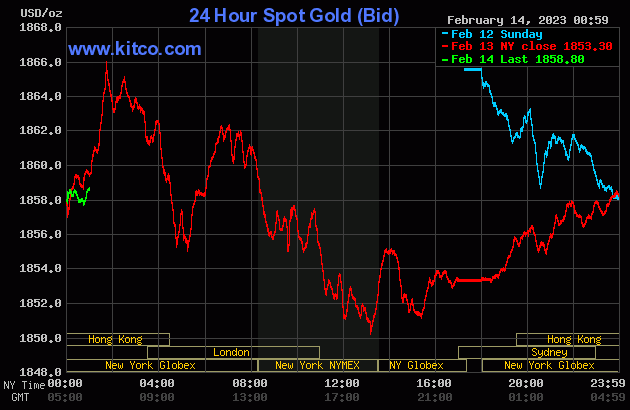
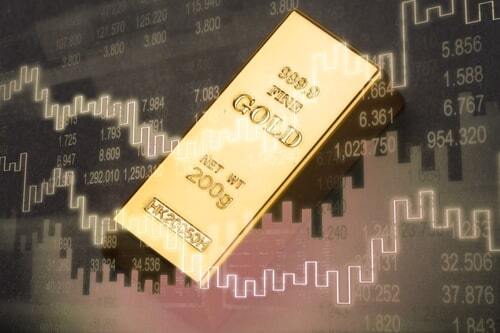
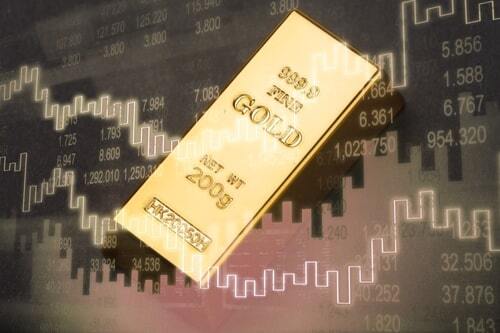 Gold is looking at its third consecutive week of losses after January's rally, which saw its best start to the year in over a decade. And now all eyes shift to next week's U.S. inflation report, with analysts saying it could be the next big catalyst for the precious metal.
Gold is looking at its third consecutive week of losses after January's rally, which saw its best start to the year in over a decade. And now all eyes shift to next week's U.S. inflation report, with analysts saying it could be the next big catalyst for the precious metal.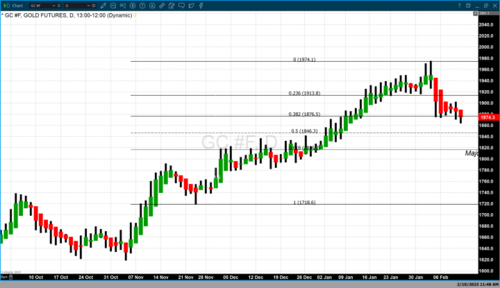
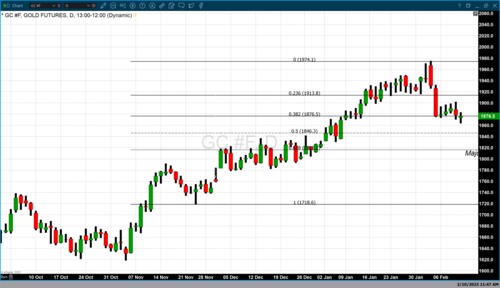
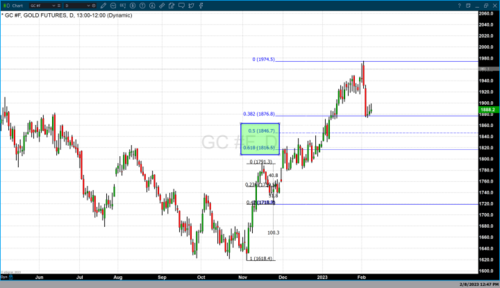
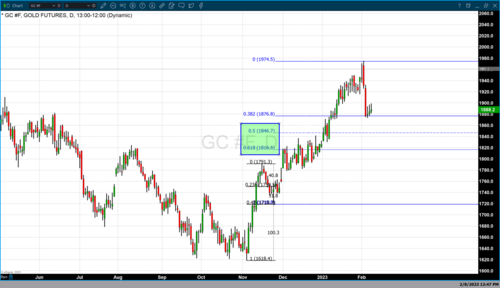
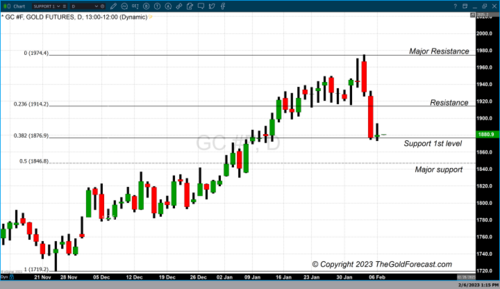
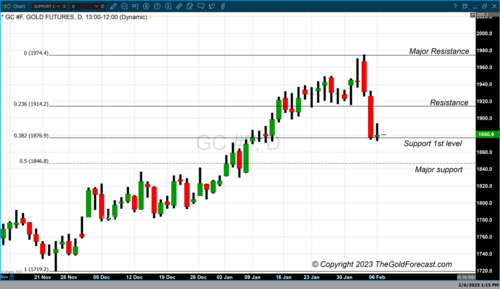
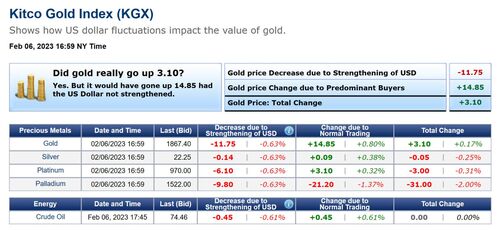
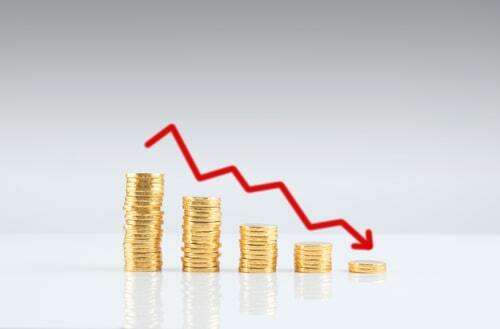

.gif)
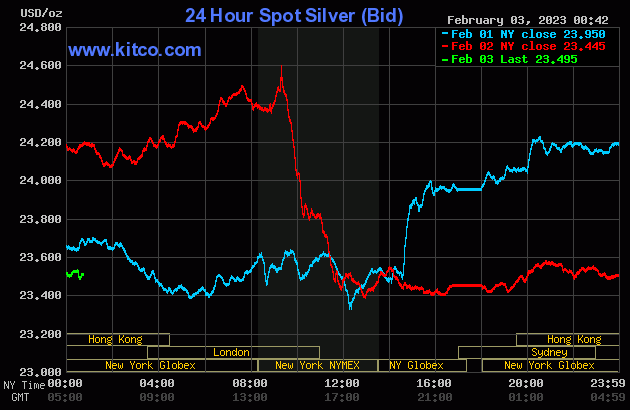
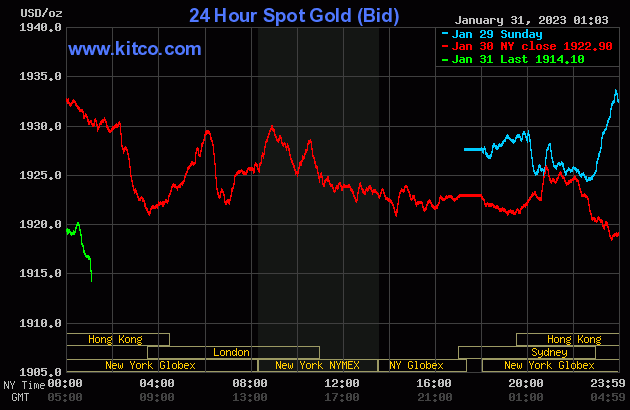
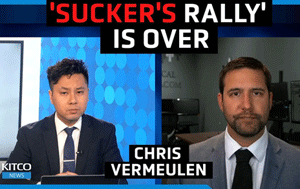 Stock markets are set to crash 37% as 'sucker's rally' ends, gold and silver to 'take off' – Chris Vermeulen
Stock markets are set to crash 37% as 'sucker's rally' ends, gold and silver to 'take off' – Chris Vermeulen
